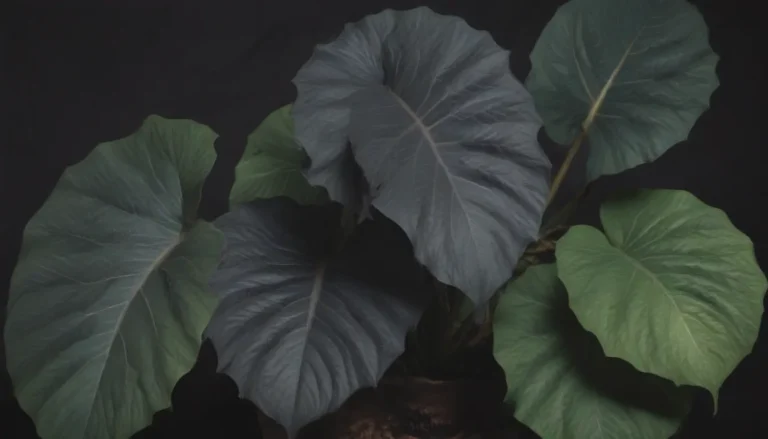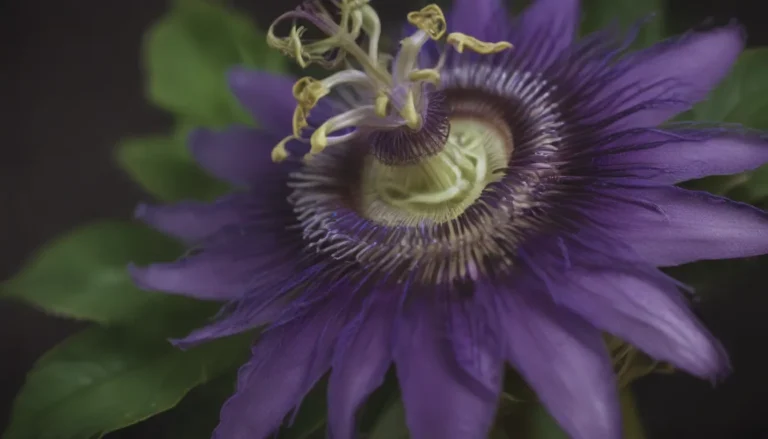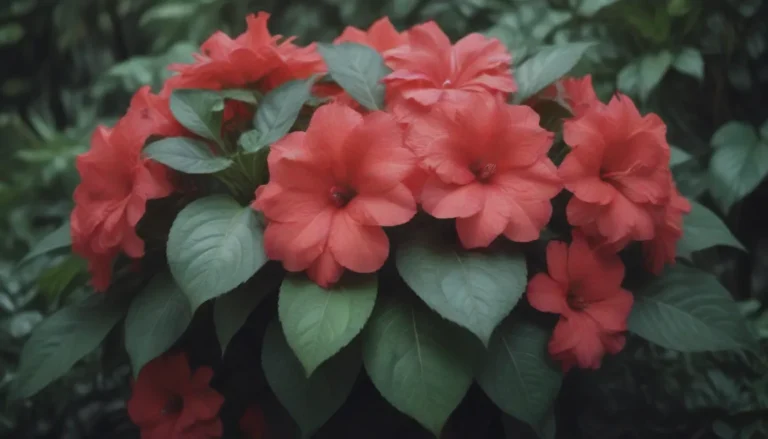A Comprehensive Guide to Growing and Caring for Blackberry Lily

Welcome to our in-depth guide on how to grow and care for the beautiful blackberry lily! Also known as the leopard lily, this plant is a unique species of Iris that can bring a pop of color to your garden in the summer months. In this article, we will explore everything you need to know about blackberry lilies, from planting to propagation, to ensure that your garden flourishes with these stunning flowers.
The Fascinating Blackberry Lily
Before we dive into the care instructions, let’s take a closer look at the characteristics of the blackberry lily:
- Botanical Name: Iris domestica
- Plant Type: Perennial
- Origin: Native to parts of India, China, and Russia
- Height: Up to 4 feet
- Flowers: Bright orange with red spots
- Blooms: Mid to late summer
- Seed Pods: Pear-shaped, resembling blackberries
Now that we have a better understanding of this captivating plant, let’s move on to the essential care requirements for growing blackberry lilies in your garden.
Blackberry Lily Care Tips
Proper care is essential to ensure the health and vitality of your blackberry lilies. Here are some important care requirements to keep in mind:
Light
Blackberry lilies thrive in full sun, so make sure to choose a sunny spot in your garden for optimal growth. A minimum of four hours of sunlight per day is necessary, with six hours being even better.
Soil
While blackberry lilies are not overly picky about soil types, good drainage is key to preventing rhizome rot. They can adapt to slightly alkaline, neutral, and slightly acidic soil conditions. Rich soils tend to produce taller plants, while poor soils may result in shorter growth.
Water
Blackberry lilies respond well to regular watering, but they are also drought-tolerant. During dry periods, provide approximately 1/2 inch of water per week. In winter, reduce watering to prevent root rot. Remember, it’s better to underwater than to overwater these plants.
Temperature and Humidity
Blackberry lilies are hardy in USDA zones 5 to 10, but they can also thrive in zone 4 with proper care. They are not affected by hot weather or high humidity, as long as there is no standing water present.
Fertilizer
These plants are not heavy feeders and can usually obtain the nutrients they need from the soil. A spring feeding with a balanced organic fertilizer or a synthetic fertilizer formulated for blooming plants is sufficient, especially in poor soils.
By ensuring that these basic care requirements are met, you can create an ideal environment for your blackberry lilies to thrive and produce beautiful blooms.
Types of Blackberry Lily
Apart from the pure species Iris domestica, there are two popular cultivars of blackberry lilies commonly grown:
- ‘Hello Yellow’
- ‘Freckle Face’
If you have difficulty finding blackberry lilies at local garden centers, specialty nurseries, or online retailers are excellent sources for obtaining rhizomes or seeds.
Pruning and Propagating Blackberry Lily
Proper pruning and propagation techniques can help maintain the health and vitality of your blackberry lilies. Here are some tips to help you with these essential tasks:
Propagating Blackberry Lily
Similar to iris or daylily rhizomes, blackberry lilies can be propagated by dividing the root clumps. This is best done after the flowering season, in late summer or fall. Division every few years will help keep the clump healthy and vibrant.
Pruning
While blackberry lilies do not require extensive pruning, removing seed capsules as they form can prevent self-seeding in your garden. Pruning the flower stems after they fade may also help promote new blooms and prolong the flowering period.
By following these simple propagation and pruning techniques, you can ensure that your blackberry lilies remain healthy and vibrant year after year.
Growing Blackberry Lily From Seed
Growing blackberry lilies from seed is a rewarding experience that can add diversity to your garden. Here’s how you can successfully grow blackberry lilies from seeds:
- Collect seeds in the fall once the seed pods have dried and become papery.
- Cold stratify the seeds by chilling them in the refrigerator for 4 to 8 weeks.
- Sow the seeds indoors in late winter, then move them outdoors once the weather warms up.
- Transplant the seedlings into the garden once they are well established.
Remember, blackberry lilies self-seed easily, so you may find it simple to transplant volunteer seedlings to new locations in your garden.
Potting and Overwintering Blackberry Lily
Growing blackberry lilies in containers is an excellent way to showcase their blooms. Here are some tips for potting and overwintering blackberry lilies:
- Plant blackberry lilies in well-drained containers with good drainage.
- Divide and repot lilies as needed to prevent overcrowding.
- Overwinter potted plants in a sheltered outdoor area, taking precautions in freezing temperatures.
With proper potting and overwintering techniques, you can enjoy the beauty of blackberry lilies year-round in your garden.
Common Pests and Plant Diseases
While blackberry lilies are generally low-maintenance plants, they may be susceptible to certain pests and diseases. Here are some common issues to watch out for:
Iris Borer
The iris borer can infect and kill blackberry lilies if left unchecked. Look for entry holes at the base of the plant, and remove and destroy any infected plants to prevent the spread of this pest.
Root Rot
Root rot can occur in blackberry lilies grown in poorly draining soil or excessively moist conditions. Remove and discard badly affected plants to protect the health of your garden.
By staying vigilant and addressing these common problems promptly, you can maintain the health and vibrancy of your blackberry lilies.
How to Get Blackberry Lily to Bloom
Encouraging blackberry lilies to bloom can be a rewarding experience. Here are some tips to help you get the most out of your plants:
- Blackberry lilies bloom from July to August, with blooms lasting a day or two.
- Deadhead regularly to promote additional blooms.
- Remove flower stalks before they turn into seeds to prevent self-seeding.
By following these simple steps, you can ensure that your blackberry lilies bloom beautifully year after year.
Common Problems and Comparisons
While blackberry lilies are relatively trouble-free plants, they may have a shorter bloom period compared to other flowers. Additionally, the similarity in appearance between blackberry lilies and tiger lilies can cause confusion among gardeners.
Remember, blackberry lilies are best suited for sunny mixed border gardens where their unique blooms can be appreciated. Plant them alongside other flowers to create a visually appealing garden display.
In conclusion, blackberry lilies are a delightful addition to any garden, offering vibrant colors and unique blooms. By following proper care techniques and addressing any issues promptly, you can enjoy the beauty of blackberry lilies in your garden for years to come.
I hope this comprehensive guide has provided you with valuable information on growing and caring for blackberry lilies. Happy gardening!





